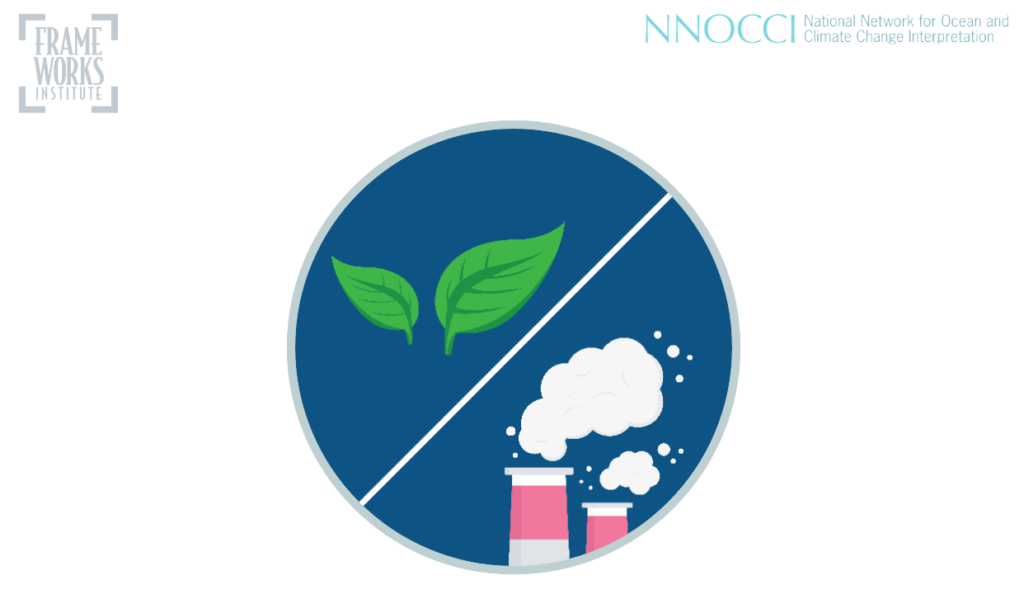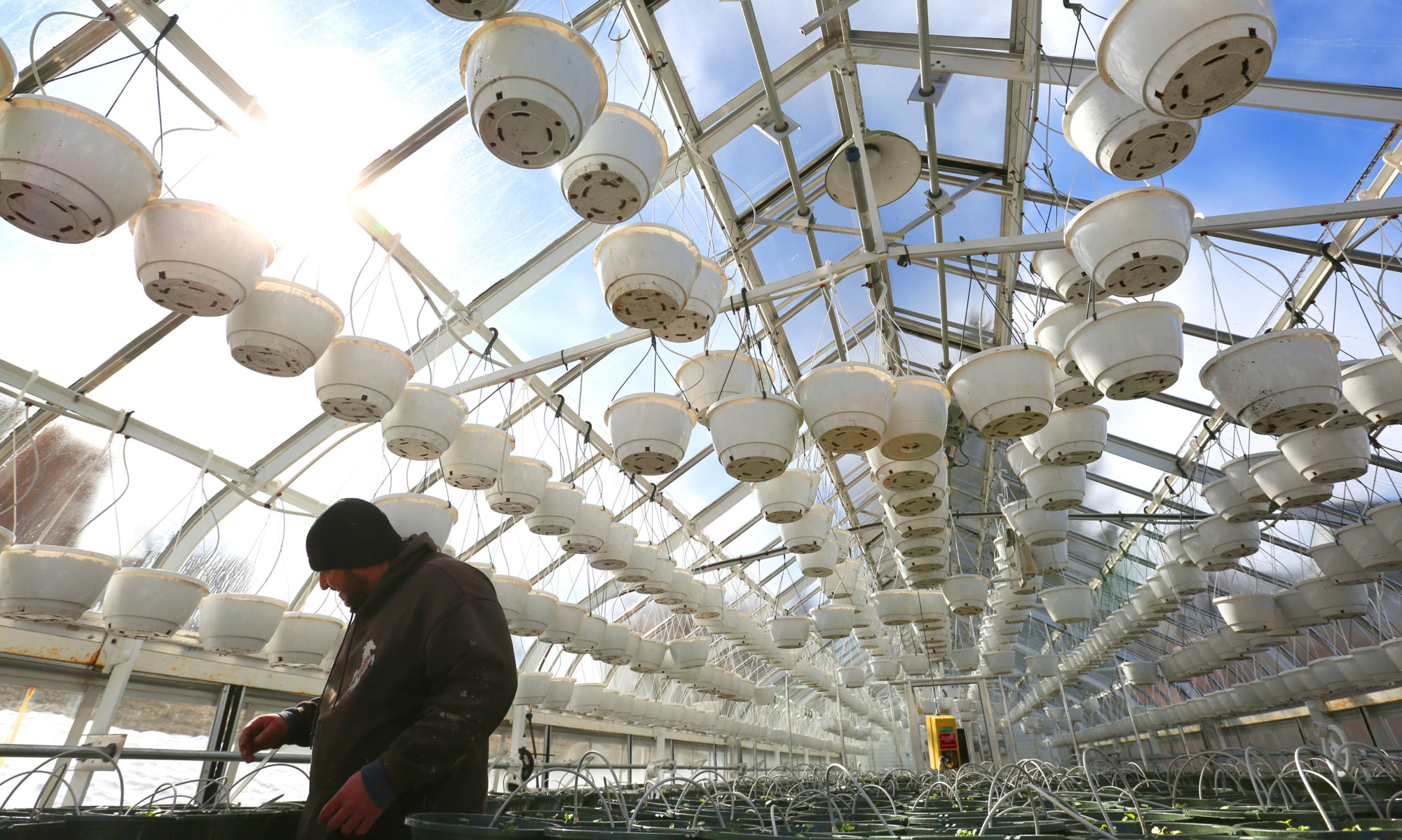
What actions have you taken to reduce your carbon footprint? What if I told you that it would cost less to offset your carbon emissions from travel than to buy two fast food burritos? Carbon offsets allow individuals and organizations to compensate for their emissions and reduce their carbon footprints. The average person living in the United States produces about 4 metric tons of carbon from air and ground travel per year, which would cost around $24 to offset. The money used to purchase carbon offsets is funneled towards a project that is designed to reduce greenhouse gas emissions. Some of these projects might be geared towards planting trees, developing renewable energy, or capturing methane from landfills.
But, what is carbon? Is it that bad for the environment? There is regular CO2 and rampant CO2. Regular carbon dioxide is used and created by natural life processes. However, rampant carbon dioxide is produced from burning fossil fuels for energy. Plants use regular CO2 that animals exhale, and therefore some CO2 is part of natural life cycles. But, we are also adding CO2to the air when we burn oil, natural gas, and coal for energy. We call this type of CO2 “rampant” because there is too much of it and we need to get it under control. When rampant carbon dioxide accumulates in our atmosphere and our oceans, it creates problems for the earth’s climate and ecosystems. Now that we know about rampant carbon dioxide, does the idea of carbon offsets sound more intriguing?
To get a better understanding of what a carbon offset is and how it works, let’s take the example of a Holy Cross student who lives in New York. This student drives home to New York for Holy Cross breaks and during these drives, the student produces carbon emissions. By purchasing a carbon offset, the student can continue to drive to and from New York but at the same time support a project that pulls an equal amount of carbon from the air. Even if the student is emitting carbon on the East Coast, their contribution to the carbon offset benefits everyone even those halfway across the world.
As a Holy Cross student who lives in California, I am aware of the larger carbon footprint that I have due to my air travel throughout the year. I may not have a car on campus to drive into Boston on the weekends, go for weekly Trader Joe’s runs, or pick up InHouse coffee but, I am still emitting a lot of carbon by living in California and attending the College of the Holy Cross. The question then becomes who’s responsible for these carbon emissions? Does it all fall on me? Do the airlines share the responsibility? Does Holy Cross have an obligation to offset carbon emissions from student and employee commuting? My answer is that it is everyone’s responsibility to reduce their carbon output and it starts with knowing your own carbon footprint. Calculate yours now.
